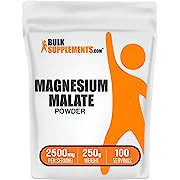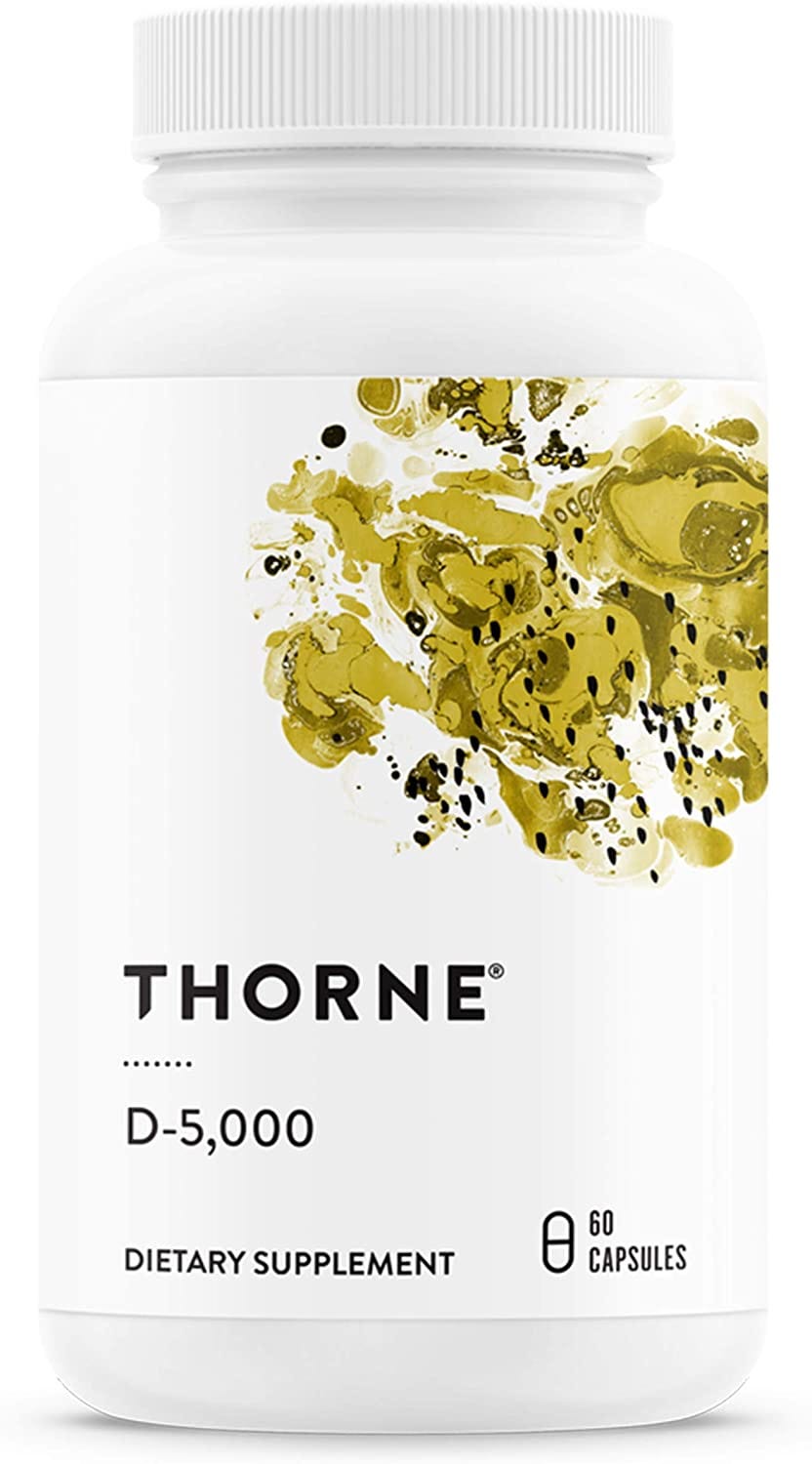Introduction:
Earlier this year I published my spring supplement protocol. The idea was to illustrate what levers needed pulled, when, and what seasonal adjustments would be made — specifically regarding Vitamin D, but also sodium / electrolytes.
A few things are staying the same from spring:
Honey (about 2-4 TB, once or twice / week)
Vitamin D (see dose below)
Sodium (see dose below)
Additions and Removals:
+ Magnesium (see below)
- Melatonin (see below)
What’s Changed?

Sodium:
I posted a series of graphs and resources on Instagram regarding general reference ranges for athletes’ sodium consumption. Typically, you’ll hear 3 - 5g / day mentioned with the literature supporting a range of 4 - 6g / day.
This is because depending on how much you sweat and how salty your sweat is you can lose anywhere from 0.25 - 2g of sodium per hour of exercise (conditionally dependent of course).
I’ve also been curious about overhydration, though these issues typically have to do with over consumption of plain water (ref., ref.). Equally, in this context, dehydration refers to net water loss (ref., ref.).
Something I noticed during The Space Race, and have before, is that particularly during the summer, when I’m really leaking, I of course add ReLyte to my water, but often crave “just water.”
I’ve tried making a formula for myself, like:
3g / day baseline
+1g if it’s over 80’F outside
+1g if training, etc.
This isn’t too difficult, but it is highly subjective. Just because I’m training doesn’t mean I’m training hard and therefore need to salt hard; likewise with the weather.
Personally, I have some fluid regulation issues as well and am working on a practice weight cut. All that to say, I certainly don’t fear sodium and am not restricting, but I’m currently refraining from adding sodium.
I’ll consume one scoop of Re-Lyte during a training session, and eat some salty, low-calorie foods (beef jerky, deli meat, pickles, olives, etc.) because I’m digging pretty deep trying to get to a new weight class.
Caffeine:
My recommendation for caffeine still stands on the data I previously referenced (3-5 mg / Kg, or 50 mg / 2 hours). However, in the service of full transparency, I have been consuming quite a bit more than that.
This is because there is an appetite suppressant effect to caffeine (ref.). To be clear, this is an intentionally unsustainable practice — not intended for year-round use. For the unacquainted, fight prep is much different than what even the most well intentioned gym goers imagine as “lean.”
With that said, I am collecting data again to see if there’s a relationship between caffeine dose, caffeine curfew, a few other things, and sleep (to be continued…).
Melatonin:

Melatonin is a hormone, and I glad to hear that smart folks like Andy Galpin are also suspicious about long term synthetic hormone use (ref.). Further, there is reason to be concerned about the accuracy of dosing / labeling (ref., ref.).
In general, the medical literature on melatonin lacks long-term studies (ref., ref.) and those existing deal in terms of weeks or months rather than years, though there have been some exceptions (ref., ref.).
Previously, I had been using melatonin on nights when I train late at night, but efficacy was limited and mixed at best.
What’s New?
Magnesium:
The RDA for adults is around 300 - 400 mg / day (ref.) and about half of Americans are deficient in magnesium (ref.). From a diet of mostly ground beef and eggs I’m getting about 200 mg / day. For reference:
16 oz canned salmon = ~120 mg
4 oz king salmon = 140 mg ($30 / lb at Whole Foods)
The therapeutic reference range for magnesium aiding in testosterone production is much higher, 8 - 10 mg / Kg / day (ref., ref.). Magnesium has also been shown to have a positive relationship with testosterone independent of IGF-1 (ref.), though the directionality of the relationship has been debated (ref.).
If we’re relying on diet alone, this can get pretty expensive and / or impose other limitations and deficiencies (6 lbs of canned salmon / day?). I’m not an apologist for the pharmaceutical industry, but I do think there are use cases for supplementation; and if you’re truly concerned about performance and “longevity” it’s foolish to not utilize all available options.
Magnesium comes in a lot of different forms, so here’s the short list:
Oxide, the cheapest and least bioavailable
Citrate, better than oxide, easier on stomach (if you have diarrhea)
Glycinate, excellent bioavailability, better for sleep
Threonate, good for brain health, good bioavailability
Malate, may help the nervous system and fatigue
Vitamin D:
Our greatest sources of Vitamin D is the sun! However, sometimes it rains (even on the weekend) and at the end of the day I still work an inside job Monday through Friday.
Obviously, there are some areas where Vitamin D supplements fall short. So, this is a good reminder that supplements should be augmentations, not replacements. Ideally, we would supplement heavily in winter, modestly in spring / fall, and mildly or not at all in summer.
A common reference range is 20 - 50 nmol / L, but the upper limit suggestions have been 80 or even 150 regarding toxicity threats. Typically, this is due to grossly excessive exogenous (pharmaceutical) supplementation (ref., ref., ref.).
Some updated guidelines suggest reducing 12-month supplementation of Vitamin D from 4,000 IU / day to 1,000 (ref., ref.), however, that sentiment hasn’t been consistent in the literature (ref.). The main concern is over hypercalcemia, which again, we’re running into problems when we use supplements without context (e.g. Vitamin D without K2 and with Calcium) and beyond situational / seasonal need (e.g. one study examined 60,000 IU / day in mice… this is like pumping pigs full of Vitamin A until they die).
Regarding testosterone, some studies have found no significant effect at Vitamin D intakes of 800 - 2,800 IU / day for 12 weeks (ref., ref.). However, one study found that 3,300 IU / day for one year increased TT 30% and FT 20% (ref.). A 2021 meta-analysis found positive effects for TT and HS-CRP, but not FT or SHBG when taking 1,000 IU / day.
Testosterone levels plateau around 75 - 80 nmol / L (ref.). D-minder estimates my current blood level of Vitamin D at 72 ng / ml when I’ve gotten 712,000 IU over the past 90 days. That gives an estimated 8,000 - 9,000 IU / day of Vitamin D in order to reach peak testosterone. Of course, that is if you’re naturally fair skinned like myself. You will need more if you have a darker complexion.
Again, we should get as much as we can from the sun, but supplements are often helpful to round out or augment various limitations or aide in meeting a specific / seasonal need.







